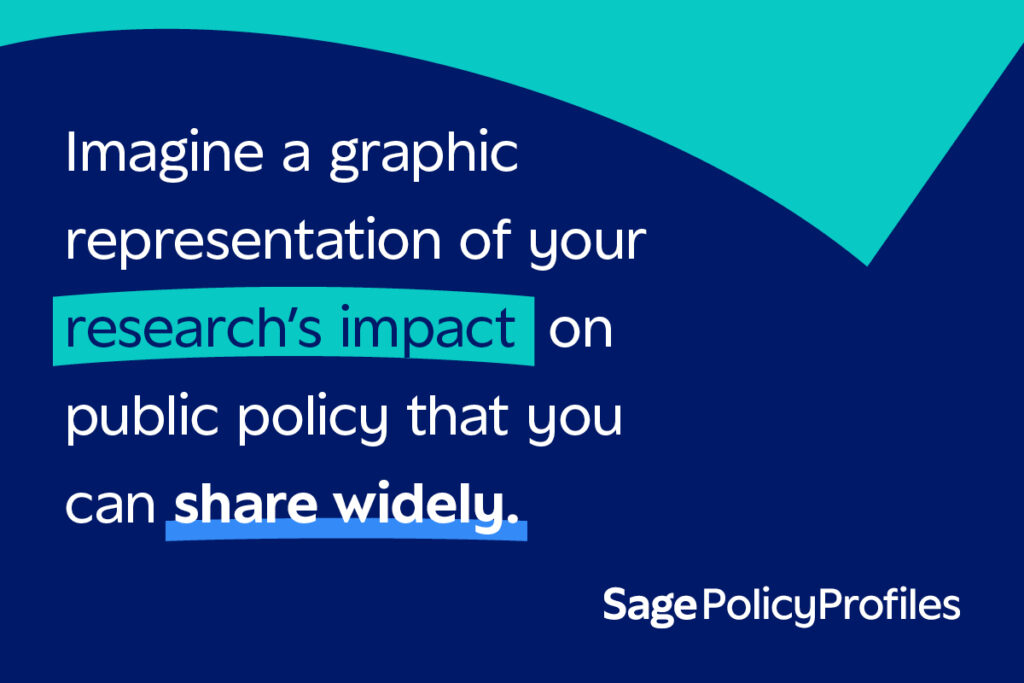Closing the Gender Pay Gap: Why Intermediaries Matter
Despite decades of reform, gender pay gaps (GPGs) remain a stubborn and unjust feature of labour markets globally. On average, women are paid less than men. In Australia, the GPG currently sits between approximately 11.9 percent and 21.8 percent depending on the measure used. Similar disparities persist across OECD countries, reflecting deep-rooted inequalities stemming from occupational segregation, the unequal burden of unpaid care, career interruptions, and women’s underrepresentation in senior leadership roles.
In response, governments have increasingly adopted disclosure-based regulation, requiring employers to report GPG data to regulators, employees, or the public to improve transparency and encourage action. But research shows that disclosure alone doesn’t close pay gaps. These regulations typically don’t require employers to take corrective action. Instead, they rely on non-state actors – what we call intermediaries – such as investors, trade unions, advocacy groups, and researchers, to interpret the data to push for change. In other words, disclosure creates visibility, but intermediaries play a critical role in generating pressure and accountability.
In our article, “Bridging disclosure and action: The role of intermediaries in gender pay gap regulation,” recently published in the Journal of Industrial Relations, we examine intermediary perspectives in the Australian context. Drawing on 121 public submissions to a legislative review and interviews with diverse stakeholders, we explore how regulatory intermediaries can be enabled to influence employer behaviour and help close GPGs.
Australia’s experience offers valuable lessons for other countries. Like the United Kingdom (UK), Australia now mandates organisation-level GPG disclosure, but does not require employers to take corrective action. In this type of system, the role of an intermediary becomes essential. Intermediaries serve as agitators, educators, and advocates, but their effectiveness depends on supportive legislation.
Our study identifies four features that enable intermediaries to have meaningful influence: (1) public access to organisation-level GPG data; (2) broader labour force coverage of GPG disclosure requirements, including public sector employers, small firms, and senior executives; (3) employer accountability for both actions and outcomes (such as mandated action plans); and (4) fit-for-purpose enforcement mechanisms. At the time of our study, Australian employers reported pay data to the regulator, which calculated GPGs but only shared them with the employer; only industry-level GPGs were publicly available. Organisation-level disclosure only became mandatory in February 2024.
Recent research reinforces these findings. A UK study found the biggest reductions in GPGs occurred in organisations most exposed to public scrutiny, highlighting how transparency only works when others can see and act on the data. Researchers observed a 19 per cent drop in the GPG following the introduction of the UK’s public disclosure mandate. Other research has shown that financial analysts have drawn investor attention to gender pay gaps in executive ranks, spurring change and showing how intermediaries convert transparency into accountability. While employees are often framed as primary users of GPG data, not everyone has the power to act. That’s where intermediaries matter. They amplify underrepresented voices and can use GPG data to pressure employers in reducing pay inequality.
Since our article was published, Australia has taken another step forward. From 2026, large employers must set targets and demonstrate progress in priority areas such as GPGs and leadership diversity.. While still disclosure-based, this reform starts to close the accountability loop intermediaries can use to exert influence.
As GPG disclosure regulations gain traction globally, Australia’s experience reminds us that while transparency is essential, it takes empowered intermediaries to turn data into action – otherwise, we mistake visibility for progress.




























































































